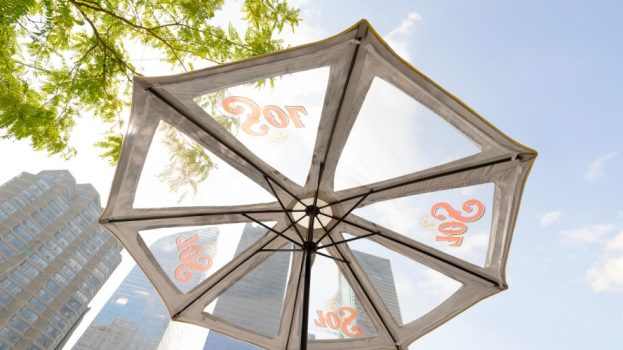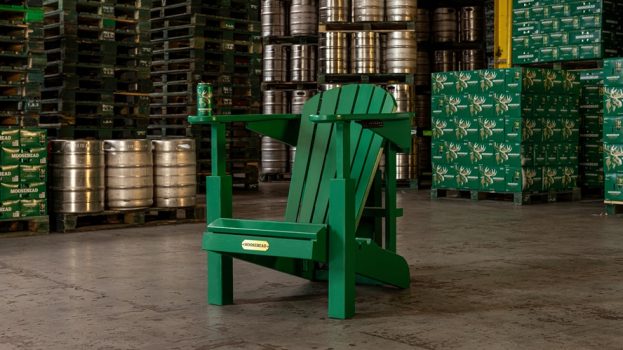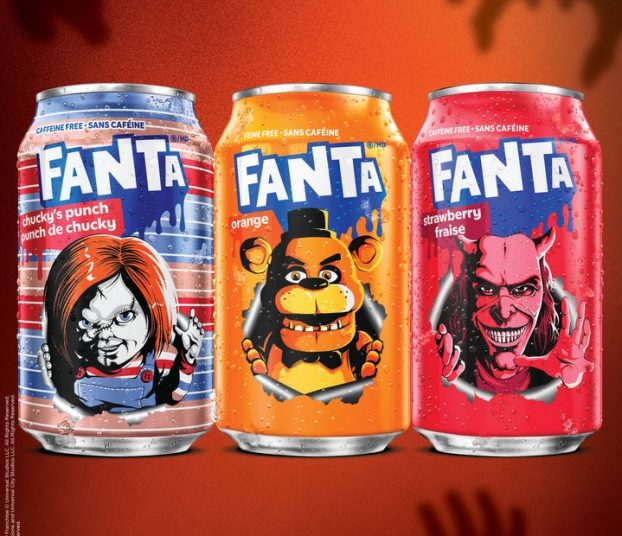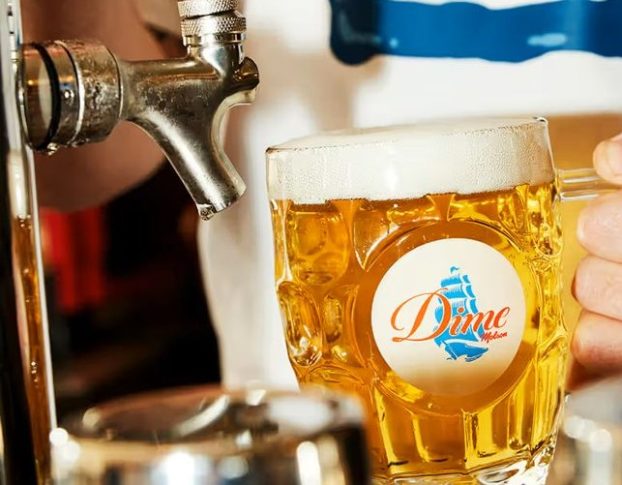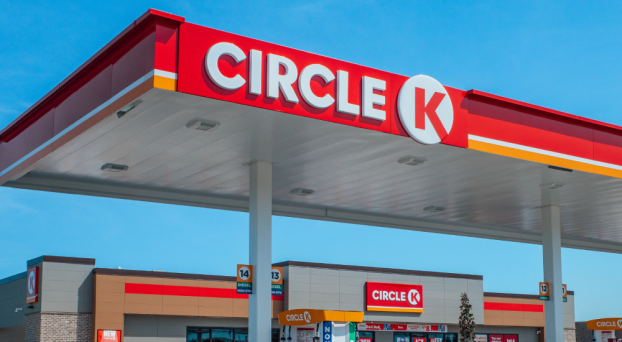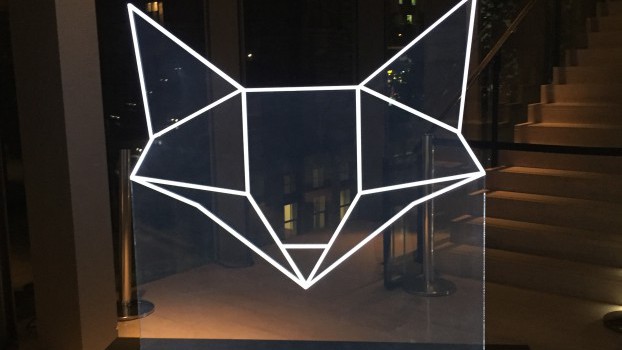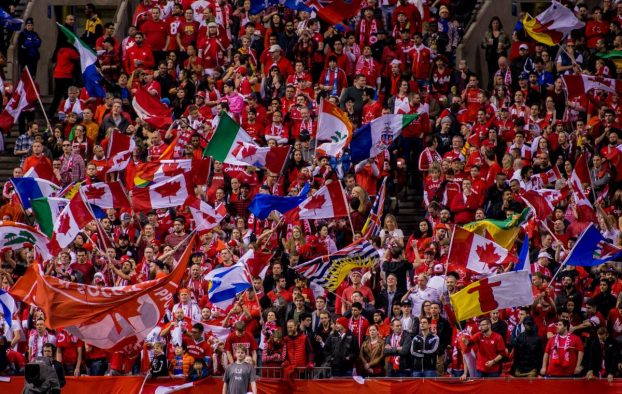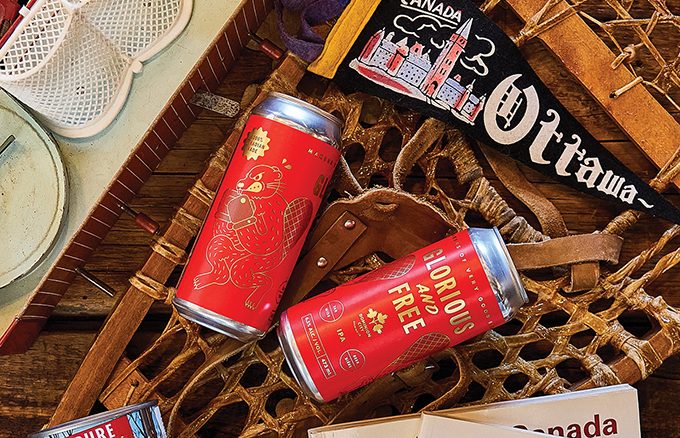
By Scott Messenger
Faced with rising costs and a decline in drinkers, Canada’s indie breweries are driving discovery through collabs, culture tapping and climate strategies. This story first appeared in the Summer 2025 issue of Strategy Magazine.
Many consumers tend to have preconceptions about beer: it’s yellow, mass-produced by multinational corporations and best enjoyed while mowing the lawn.
None of that is untrue, but craft beer needs you to know that it’s different. In contrast, craft products are often brewed in small batches by locally owned companies, made with high-quality ingredients and come in more flavours and styles than, well, yellow. And it needs you to know this for the sake of its survival.
“The industry has reached more of a mature state,” Hilary Hoogsteen, who handles marketing and communications for the Canadian Craft Brewers Association, tells strategy, referencing Canada’s roughly 1,200 craft breweries. According to her, 2024 marked the first year in which brewery closures in Canada outpaced openings. “We were on a very aggressive growth trajectory for a number of years, and now we’re starting to level off.”
Costs are the main culprit. Ingredients, rent and government taxes on alcohol production continue to climb, which is tightening margins across the board. At the same time, craft breweries face mounting competition not just from each other, but from global conglomerates acquiring local brands and from a growing wave of non-beer options, like canned cocktails, hard seltzers and non-alcoholic beverages.
Consumers (especially younger generations) are also drinking less and putting added pressure on small producers. Add to that U.S. President Trump’s recent reinstated tariffs on imported aluminum – including the kind used for beer cans – and costs are climbing even higher for brewers, with many Canadian brewers importing cans from American manufacturers.
But Hoogsteen isn’t convinced brewers are seeing the pint glass as half empty. If anything, it’s full of liquid courage.
“We’re seeing a lot of these breweries really start to get creative” – from running weird beer festivals and building artist-powered labels to brewing national pride into every pint. It’s a new stage of maturity for the industry. “I think breweries are going to continue to adapt,” says Hoogsteen. “While there are a lot of challenges right now, there are also a lot of bright spots.”
Here are how a few companies are tapping into those bright spots to show consumers the value of choosing local lager and ale.
A little “wyrd”
Shrimp cocktail beer, anyone? How about a lemongrass coconut IPA? Maybe a mashed potato lager would hit the spot? Those were among the offerings of the 2025 Wyrd Bier Adventure, a month-long festival of extreme and unorthodox craft beer creativity organized annually by Edmonton’s Analog Brewing Company.

The festival is an invention born out of necessity. Back in 2013, Analog cofounders and self-proclaimed “beer and gaming culture nerds” Adam Corsaut and Bryan Launier, along with other likeminded breweries in the province, helped create the Northern Alberta Brewers Alliance. Corsaut, Analog Brewing’s president, likens the unofficial craft beer brain trust to “a group-therapy session for brewery owners.” But it’s also more than a place to commiserate – members also team up to lower costs by buying supplies in bulk, and brainstorm ways to boost revenue. At one session, “we were talking about doing an event to get people in during the winter. And that’s when Bryan came up with it.”
Wyrd Bier launched in early 2023, inspired in part by American cask festivals that Launier and another brewing buddy reminisced about over beers one night. The idea involved inviting indie breweries in Edmonton to develop bizarre brews that would challenge drinkers’ perceptions of what beer can be. There are beers every year to which “people will [respond], ‘I see what they’re going for; I did not care for it. But, you know what? It was fun to try,’” says Corsaut.
The winter festival is designed to be a new path to discovery. It invites beer adventurers to visit 19 different breweries listed on the back of a concert ticket for the “Wyrdstock” themed event in 2025. The ticket acts as a passport that’s stamped when the holder visits a taproom. Prizes are then offered to those who snag a stamp at either 16 or 19 breweries – the rewards included 400 “Wyrd Bier Chalices” and only 100 “Medals of Absolute Coolness.”
After handing out 1,000 tickets at the festival’s start, they awarded all of the 100 medals on day 10. By the time the wyrdness came to a close, most of the participating breweries reported year-over-year revenue increases of around 30%. “There are Edmontonians who don’t even know we exist, so this festival is just getting that word out so that we build [a stronger local] craft beer culture,” says Corsaut. The alliance is already planning the 2026 festival. Additions may include shuttle service and a hotel partner for a growing number of adventurers from out of town. The roster may expand, too.
“The two rules [for participating] are: be Edmonton-and-area owned and operated, and don’t be an asshole,” says Corsaut. “That’s it. It’s all about being creative and welcoming. The way to do that,” he adds, “is by saying, ‘Nice to see you,’ with a big smile and a good beer.” Or a wyrd one.
Patriotism on tap
On a snowy walk home from work soon after U.S. President Trump once again took office, Dominion City Brewing’s Josh McJannett mulled over the emotional fallout of tariffs and tough talk. “You really started to feel powerless,” says the co-founder and president of the Ottawa-based brewery. “I was hearing that from a lot of people – that something terrible is happening and you really can’t do very much about it. But you know, we do control some things. We control that we make good beer.”

As he made his way home that day, McJannett called his contact at Northern Army, Dominion’s longtime branding agency, and said he wanted to make a beer “of Canada.” He asked what that would look like – the answer was “Glorious and Free,” a trans-Canadian, collaborative IPA.
Dominion provided the base recipe and labels bearing a beaver in boxing gloves, both of which breweries could adapt. In return, McJannett asked two things: make the beer using entirely Canadian ingredients, and donate a portion of the proceeds to a local cause that fit the campaign’s criteria of acknowledging their shared history as a nation, fostering inclusivity or supporting those actively contributing to a better future. Breweries could do so however they saw fit.
By mid-spring, some 40 breweries in every province and the Yukon had brewed a version of Glorious and Free, directly supporting Canadian maltsters, hops growers and yeast manufacturers, as well as local charities. Based on what he’s seen so far, McJannett expects the impact to be significant. For Dominion alone, he anticipates having sold 25,000 cans of its version of Glorious and Free, which began seeing distribution through the LCBO in June. Combined with efforts across the country, he estimates charitable donations from the project to be in the tens of thousands and spending on local supplies to reach as much as $100,000.
Other results may be harder to measure yet no less meaningful. While McJannett doesn’t deny the value of national name recognition – “Glorious and Free” beer cans also bear Dominion City’s logo – he sees even more value in the goodwill the endeavour may generate. “It’s meant to reinforce something that we want people to see in our brand, which is that we play well with others and we’re interested in a cause greater than ourselves,” he says.
Ultimately, “Glorious and Free” is meant to unify independent businesses in supporting those who have supported them. It’s a pint raised to taking action.
“It’s not about the President of the United States, and it’s not about a political party or a policy,” says McJannett. “I think it’s really about a positive articulation of who we are as a country, as a community and as an industry.”
Part 2 of our craft beer feature will be published in our daily newsletter on Tuesday.

